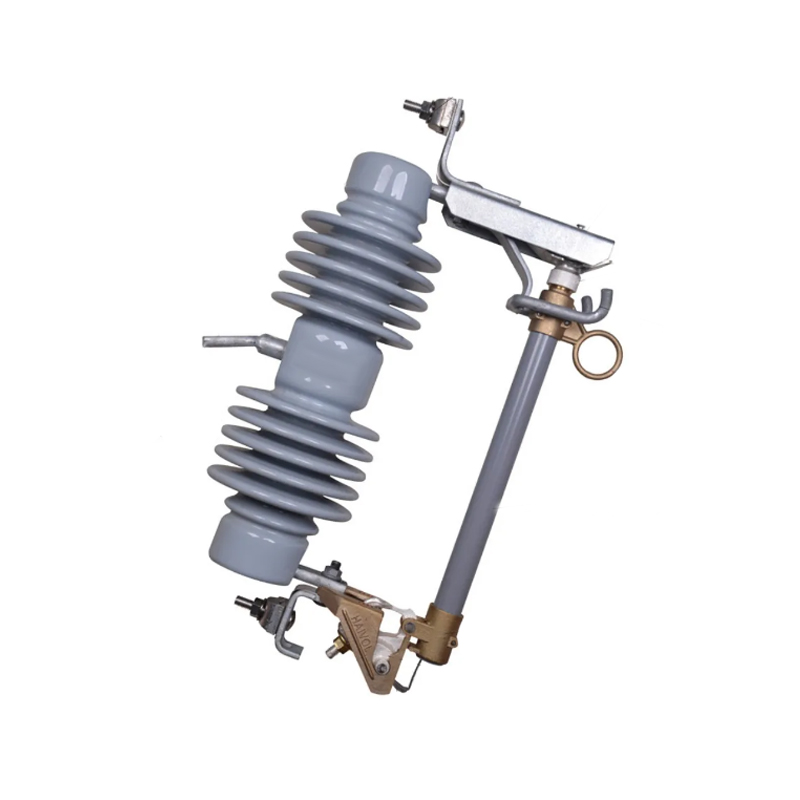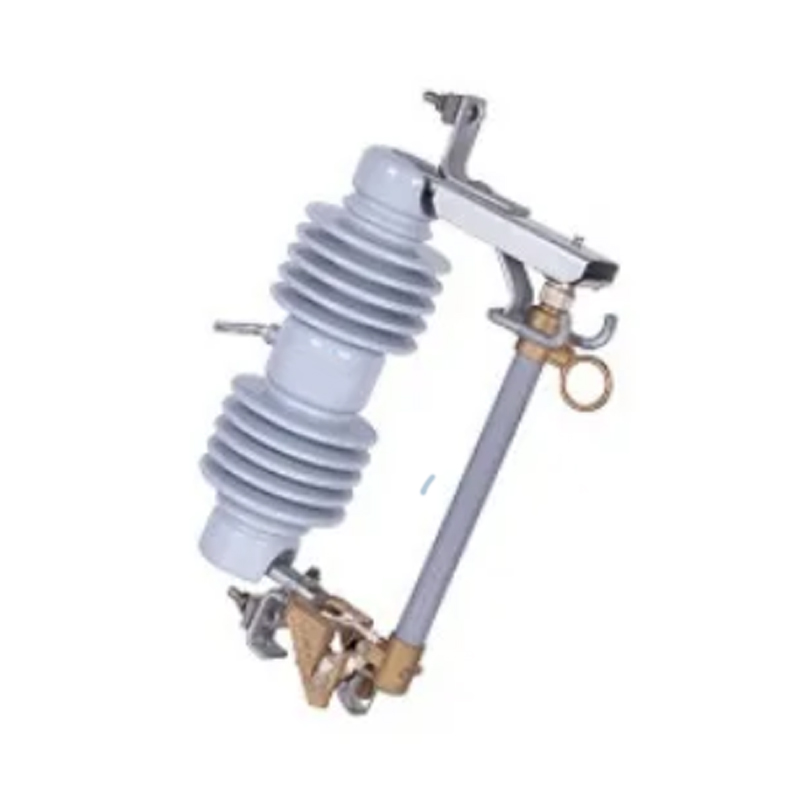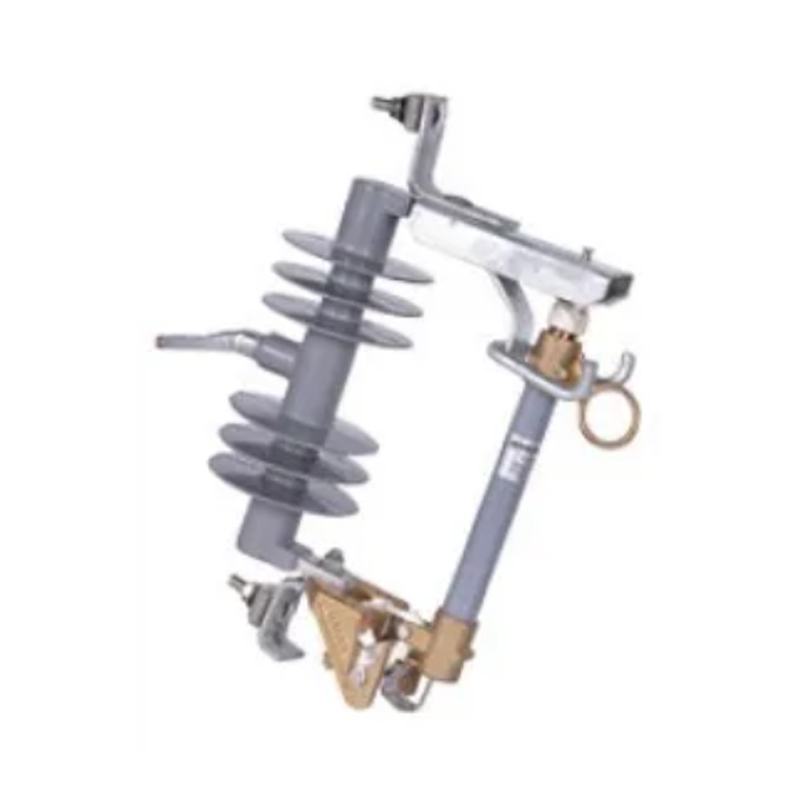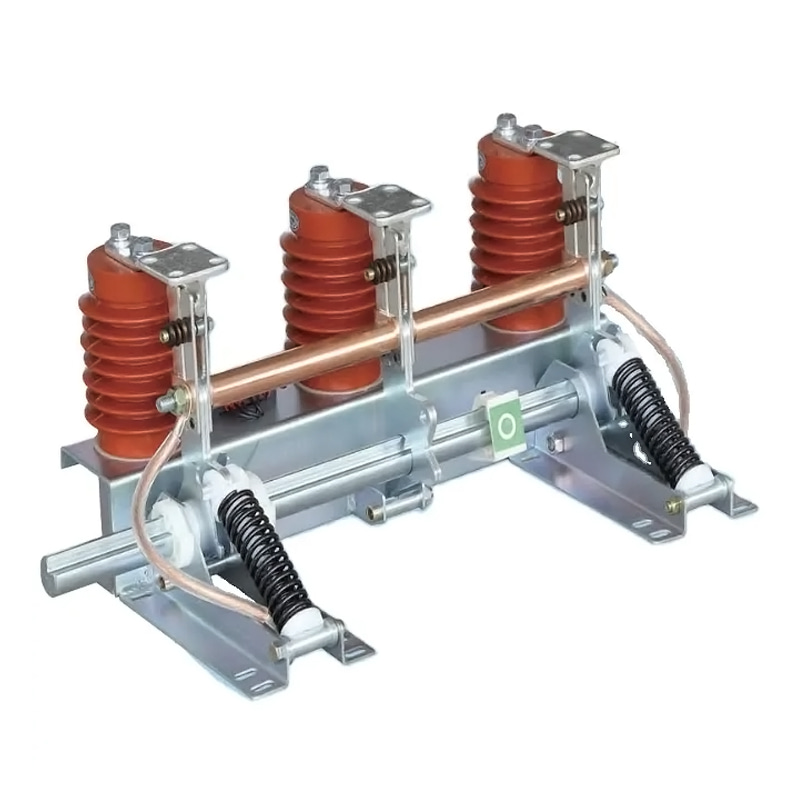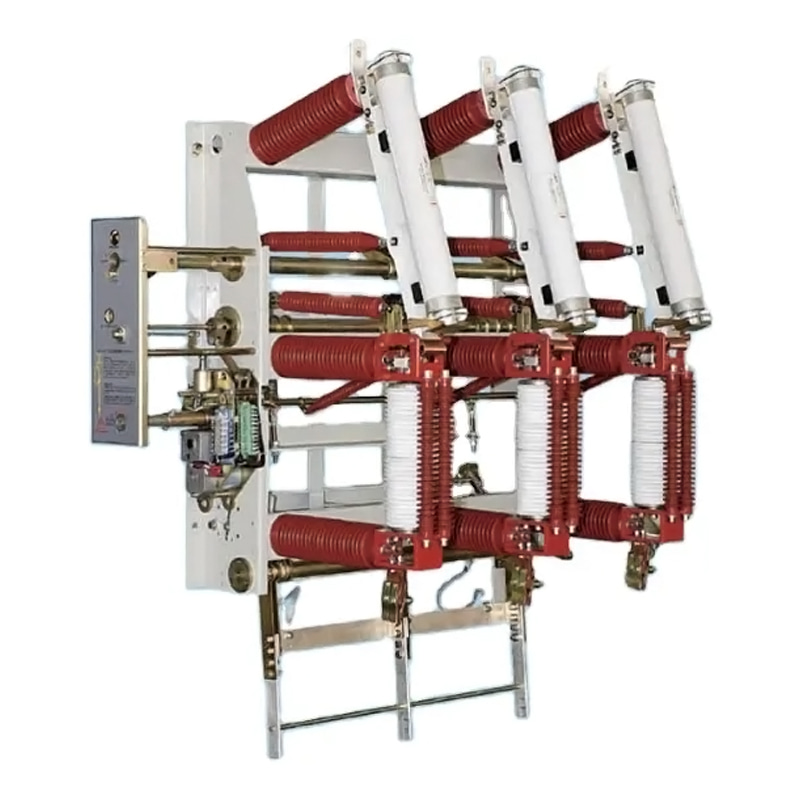In the world of electrical equipment, Surge Arrester Factory and Isolation Switch Manufacturers are crucial players in ensuring the safety and efficiency of power systems. These two components are essential in protecting electrical circuits from damage due to electrical surges and facilitating safe isolation of power sources during maintenance.
Applications of Surge Arresters and Isolation Switches
1. Surge Arresters in Power Distribution Networks
Power distribution networks are susceptible to lightning strikes and switching surges. These surges can cause irreparable damage to transformers, circuit breakers, and other sensitive equipment. Surge arrester factories play a vital role in producing surge arresters that are installed at key points in these networks to safeguard the entire system.
Substations: Surge arresters are often placed in substations where they protect transformers and other critical components from overvoltage surges caused by lightning strikes.
Residential and Commercial Buildings: Surge arresters are also installed in residential and commercial buildings, where they protect sensitive electronic devices such as computers, air conditioners, and security systems from transient voltage spikes.

2. Isolation Switches in Industrial Settings
In industrial electrical systems, the need for safety during maintenance is paramount. Isolation switch manufacturers produce devices that can completely disconnect a circuit from the power source, providing a secure environment for maintenance workers.
Maintenance and Repair: Isolation switches allow workers to isolate sections of the electrical system that require inspection or repair. This isolation ensures that no electrical current flows to the area under maintenance, protecting workers from potential electrocution.
Preventing Faults: These switches also help in preventing faults from spreading through the system by isolating the faulty sections quickly and efficiently.
3. Surge Protection in Renewable Energy Systems
With the increasing adoption of renewable energy sources such as solar and wind power, surge protection has become even more critical. These systems often include sensitive equipment like inverters, controllers, and batteries, all of which can be damaged by electrical surges.
Solar Power Systems: Surge arresters are installed in solar power systems to protect inverters and controllers from lightning strikes and power surges that can occur during storms.
Wind Power Systems: Similarly, in wind farms, surge arresters are used to protect the turbines and control systems, which are often located in areas prone to lightning strikes.
Here, Surge arrester factories play a key role in providing high-quality surge protection devices designed specifically for renewable energy systems.
The Role of Surge Arresters and Isolation Switches in Modern Electrical Grids
In the evolving landscape of modern electrical grids, both surge arresters and isolation switches are becoming increasingly vital. With the growing complexity of power networks, including the integration of renewable energy sources and smart grid technologies, the need for robust protection and isolation solutions has never been greater.
Smart Grids: Smart grids incorporate advanced communication and monitoring technologies, enabling real-time detection of faults and overvoltage events. Surge arresters are critical in these systems to prevent damage from voltage spikes, while isolation switches ensure that faulty sections can be isolated quickly without affecting the entire grid.
Distributed Energy Systems: With more distributed energy sources, such as rooftop solar panels and electric vehicle charging stations, surge protection and safe isolation become essential for protecting both the equipment and the grid.
By understanding how surge arresters and isolation switches work together, engineers can design more resilient electrical systems that offer both safety and efficiency, ensuring reliable operations in critical sectors such as industrial manufacturing, renewable energy, and utilities.



 English
English русский
русский عربى
عربى